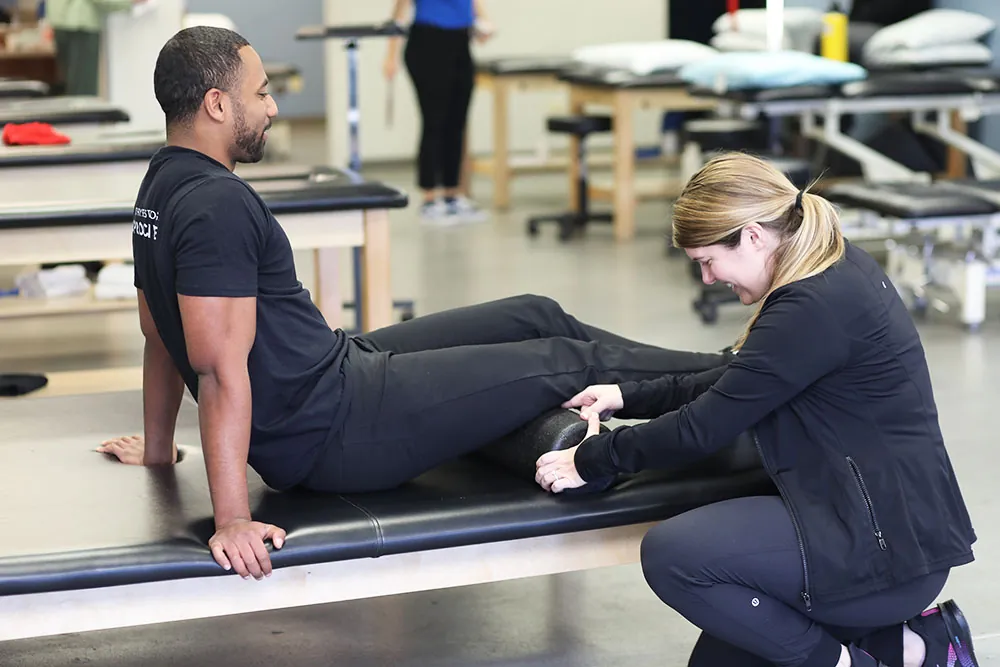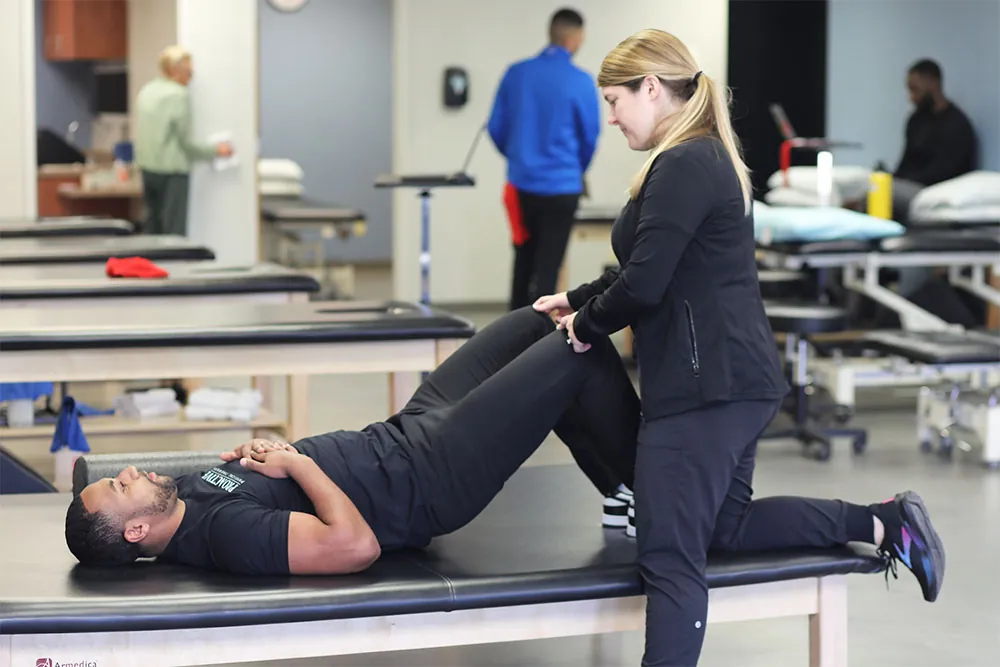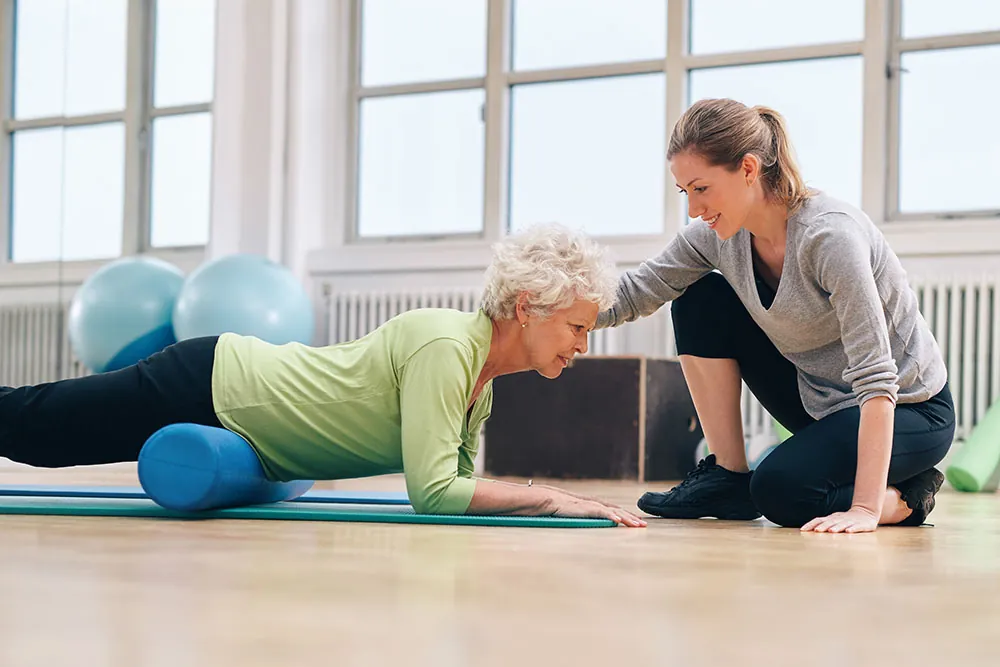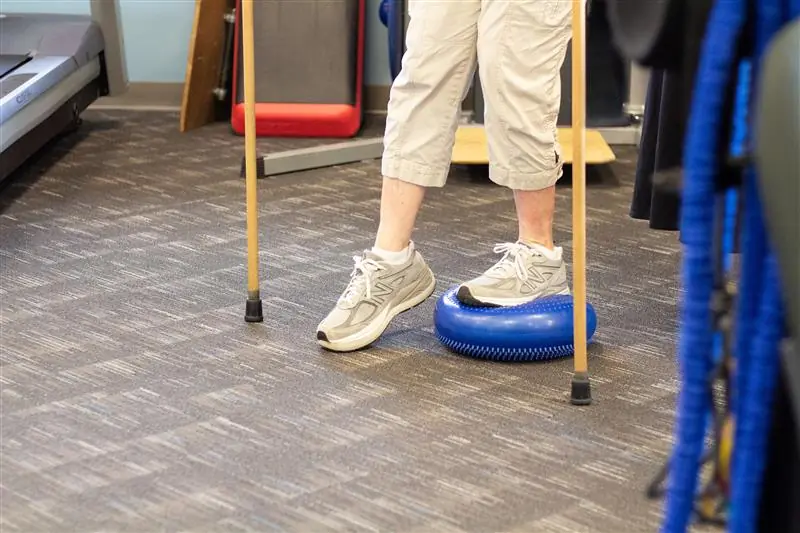Low back injuries affect almost 80% of people at some time. Additionally, the discomfort may be far more severe than a simple backache. The discomfort may spread to other parts of your body, trigger severe muscular spasms, and leave you unable to do anything except lie in bed. While low back pain is quite prevalent, there are back pain treatments and exercises to alleviate the discomfort. In this post, we’ll go through the many factors that might lead to back pain and then display several exercises that can help you maintain a healthy back and lessen your pain.
Causes of Lower Back Pain
Constant discomfort in one’s lower back is a typical yet unpleasant symptom of chronic back pain. There are a variety of causes for this discomfort, and most of them are easy to treat with proper training. Mechanical back pain may be traced directly to different activities. The pain results from either an injury sustained during an activity that aggravated a pre-existing condition or a lack of exercise that has led to your body being weak and unable to withstand normal stresses.
Below are some of the causes of lower back pain:
- Strains of Muscles and Ligaments
- Wear and Tear Caused by wear and age
- Poor body posture
Related Content>> Physical Therapy For Back Pain Starts With Understanding Your Sciatica
What Exercises Can You Do to Alleviate the Pain?
Below are six low-back exercises and lower-back stretches to relieve back pain.
1. Foam Rolls
Foam rolling is another technique for stretching and loosening connective tissue and tight muscles that can source low back discomfort. Below are steps to doing foam rolls:
- Face down, bend one knee, and place the foam roller within the joint. Locate regions of muscular tension by slowly rolling the foam roller toward the groin and back toward the knee.
- The most painful area should be held for thirty seconds and one minute.
- Stay away from places where you get the chills or your heart starts to race.

2. Bridges
The gluteus maximus, the major hip extensor, is targeted in bridges. This muscle is used whenever the hip is in motion, but especially in squatting and other exercises that require extending the hip. Issues in the back can arise from insufficient strength in the gluteus maximus. It is because these muscles play a crucial role in stabilizing the hip and lower back during activities like walking. Below are steps to help do bridges.
- Lay flat on your back with your feet spread wider than your hips.
- To achieve a straight line from head to heel, place your hands on the floor at hip level and push your feet firmly into the ground. Always make sure your upper back is touching the floor.
- Tend the posture for ten to fifteen seconds before letting your body fall.
- This process will be repeated 15 times.
- Perform three sets of ten bridges with a minute rest between each set.

3. Rotational Stretching While Seated
The seated rotational stretch is a good alternative to the standard rotational stretches since it targets the abdominal muscles, builds strength in the lower back, and aids pain management. Unlike traditional floor exercises, this one does not need you to get on your stomach. Below are steps to adequately guide you in stretches for lower back pain.
- Put your feet flat on the floor and sit on a chair or stool.
- Maintain a tall spine and square hips as you twist to the left from the waist.
- Put your hands behind your head or prop up your right arm with your hand.
- Hold this position for ten seconds.
- If you want even better results, try doing the same thing on the other side.
- Repeat twice daily, for three to five repetitions on each side.
4. Cobra
On your stomach, with your hands pushed on the floor beneath your shoulders. Point your toes away. With your hips firmly planted on the floor, thrust your chest up and squeeze your shoulder blades together. For several seconds, hold this position, and then gently release.
5. Knee to Chest Stretching
Lower back discomfort and strain may be alleviated with this specific exercise. Below are steps to doing these stretches.
- To get a gentle hip and low back stretch, lie on the floor and draw both legs (or one leg) to the chest.
- After inhaling and exhaling once, pause.
- Repeat five to ten times.
- Try them separately if it feels too intense to do both legs simultaneously.

6. Pelvic Tilts
Tilting the pelvis can help loosen up tight back muscles and increase the range of motion. If you suffer from back discomfort, you should try this since it is both effective and easy to do. Methods for doing pelvic tilts are outlined below.
- Place your feet level on the floor and your knees bent. Don’t raise your arms upward.
- Push your tummy out and arch your lower back.
- Hold for five seconds, then gently release the posture.
- Press your back into the floor and draw your belly button toward your spine.
- Repeat, pausing this time for five seconds, and then releasing into a comfortable resting posture.
- Increase the total to 30 repetitions by doing one more set each day.
Schedule An Appointment with ProActive Physical Therapy
At ProActive Physical Therapy, we take pride in our patient’s results. We offer hands-on therapy with a customized plan tailored to help you heal and get your healthy life back. If you are experiencing any symptoms related to herniated discs or would like a free consultation, schedule today for an appointment.



